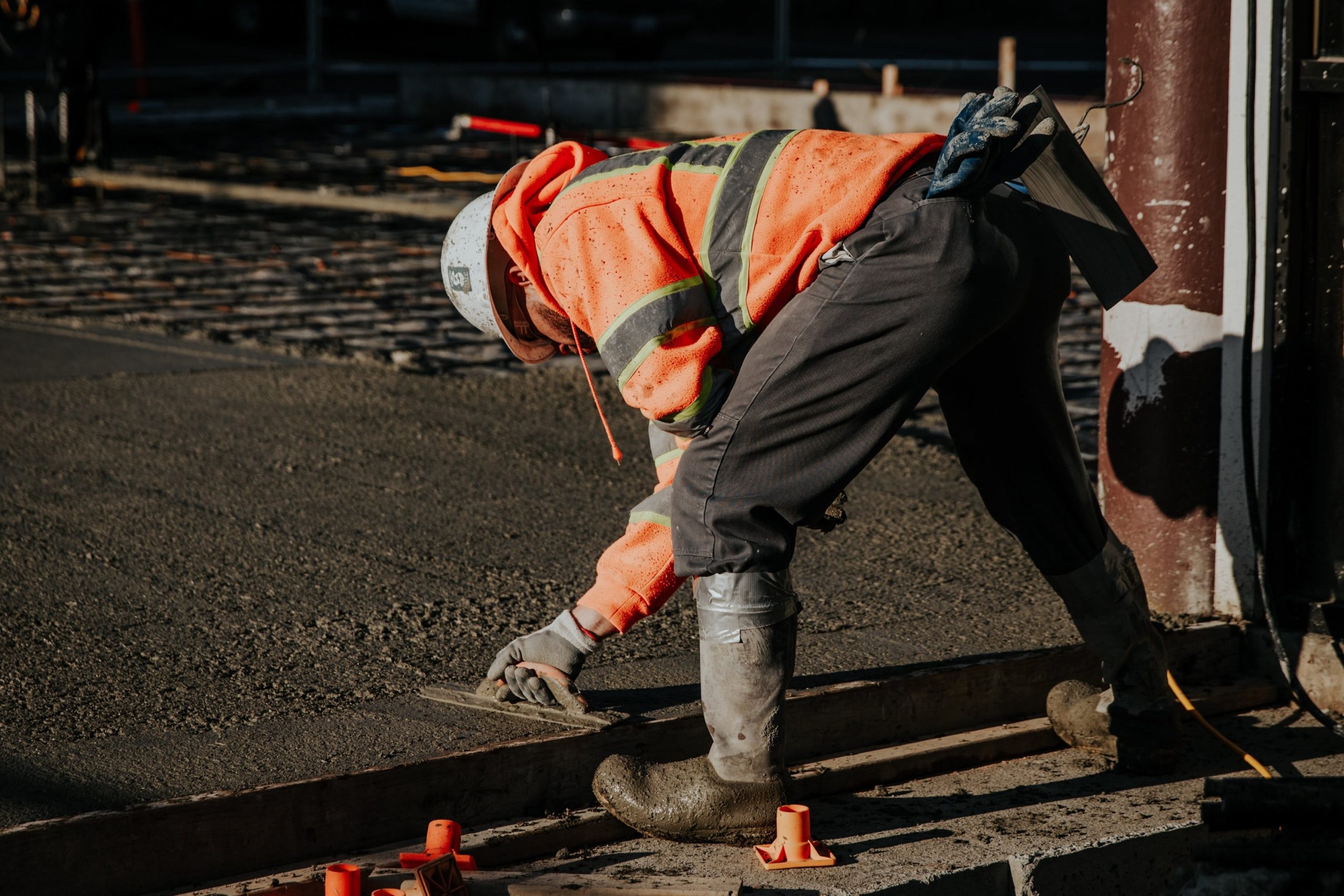the cement manufacturing process – cement is made by combining limestone, clay, and other materials in a kiln. The burning of the materials creates a clinker, which is then ground into cement powder. This powder is used to make concrete, which is one of the most widely-used building materials in the world. In this blog post, we will take a closer look at the cement manufacturing process and see how this essential material is created!
What to Consider Before Choosing Cement for Any Construction
Choosing the right type of cement is essential for any construction project. There are many different types of cement, and each has its own advantages and disadvantages. The most important factor to consider is the intended use of the cement. For example, if you need a strong foundation, you will need to choose a different type of cement than if you are just filling in cracks. Other factors to consider include the climate, the amount of water that will be used, and the expected lifespan of the project. With so many factors to consider, it is important to consult with an expert before making a final decision. Choosing the wrong type of cement can jeopardize the entire project, so it is best to err on the side of caution.
Cement Manufacturing Process
The cement manufacturing process begins with the extraction of limestone, clay, and other raw materials from quarries. These raw materials are then crushed and ground into a fine powder. The next step in the cement manufacturing process is the calcination of these materials. This is done by heating the material to a high temperature (around 1450 degrees Celsius) in a kiln.
The calcination process causes a chemical reaction that turns the limestone into calcium oxide (CaO), which is one of the main ingredients in cement. The other main ingredient in cement is clay. During the calcination process, the clay also becomes transformed into aluminum silicates and ferrites. These two ingredients combine to form a compound known as tricalcium silicate (Ca_, SiO_).
Once the calcination process is complete, the resulting mixture is ground into a fine powder. This powder is then mixed with water to form a slurry. The slurry is then fed into a rotary kiln, where it is heated to around 1450 degrees Celsius once again.
At this temperature, the chemical reactions that occurred during the calcination process are reversed, and the calcium oxide (CaO) combines with water (H_O) to form calcium hydroxide (Ca(OH)_). The calcium hydroxide then reacts with the aluminum silicates and ferrites to form cement clinker.
The cement clinker is then ground into a fine powder and mixed with gypsum. This powder is known as Portland cement and is the most widely used type of cement in the world. So, that is how cement is made!
The cement manufacturing process is a complex one, but it is essential for the creation of this versatile building material. Without cement, our modern world would look very different indeed! The next time you see a building or piece of infrastructure, take a moment to think about the role that cement played in its construction. This humble material has a fascinating history and an even more impressive future! Thanks for reading.



















